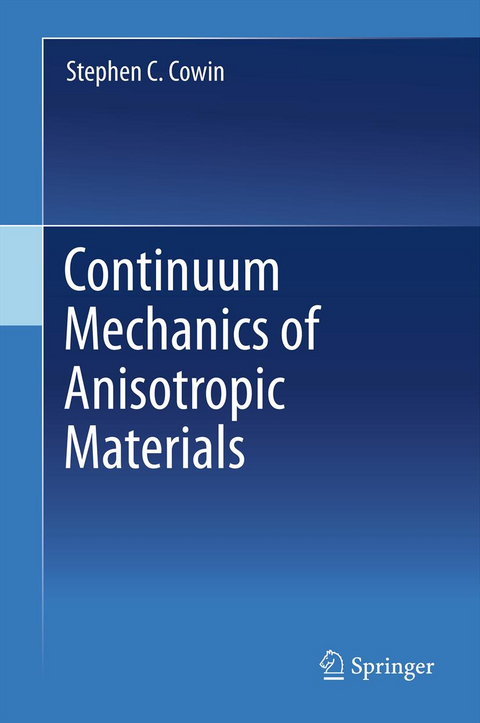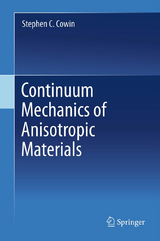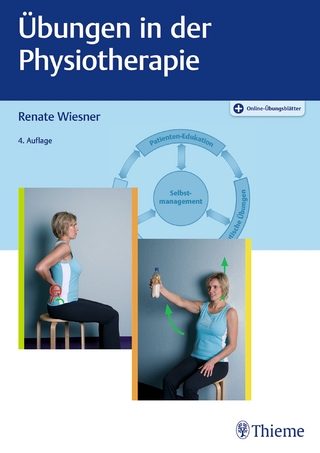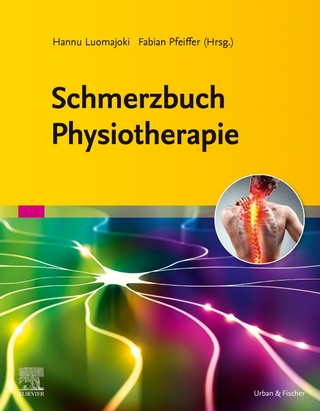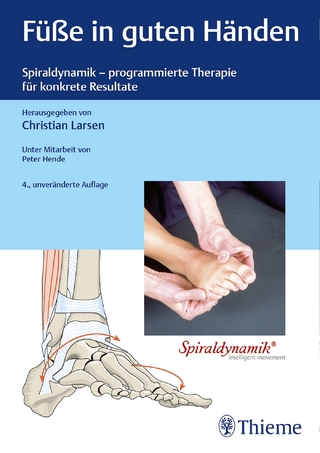Continuum Mechanics of Anisotropic Materials
Seiten
2013
|
2013 ed.
Springer-Verlag New York Inc.
978-1-4614-5024-5 (ISBN)
Springer-Verlag New York Inc.
978-1-4614-5024-5 (ISBN)
Continuum Mechanics of Anisotropic Materials(CMAM) presents an entirely new and unique development of material anisotropy in the context of an appropriate selection and organization of continuum mechanics topics. These features will distinguish this continuum mechanics book from other books on this subject. Textbooks on continuum mechanics are widely employed in engineering education, however, none of them deal specifically with anisotropy in materials. For the audience of Biomedical, Chemical and Civil Engineering students, these materials will be dealt with more frequently and greater accuracy in their analysis will be desired. Continuum Mechanics of Anisotropic Materials' author has been a leader in the field of developing new approaches for the understanding of anisotropic materials.
Stephen C. Cowin is Distinguished Professor of Mechanical Engineering at The City College of The City University of New York
Introduction.- Mechanical Modeling of Materials.- Basic Continuum Kinetmatics.- Continuum Formulations of Conservation Laws.- Formulation of Constitutive Equations.- Modeling Material Symmetry.- Four Linear Continuum Theories.- Modelling Material Microstructure.- Poroelasticity.- Mixture Theory.- Kinematics and Mechanics of Large Deformations.- Plasticity Theory.- Appendix.-
| Zusatzinfo | XIII, 425 p. |
|---|---|
| Verlagsort | New York, NY |
| Sprache | englisch |
| Maße | 155 x 235 mm |
| Themenwelt | Medizin / Pharmazie ► Physiotherapie / Ergotherapie ► Orthopädie |
| Naturwissenschaften ► Physik / Astronomie ► Angewandte Physik | |
| Naturwissenschaften ► Physik / Astronomie ► Mechanik | |
| Technik ► Maschinenbau | |
| ISBN-10 | 1-4614-5024-1 / 1461450241 |
| ISBN-13 | 978-1-4614-5024-5 / 9781461450245 |
| Zustand | Neuware |
| Haben Sie eine Frage zum Produkt? |
Mehr entdecken
aus dem Bereich
aus dem Bereich
Spiraldynamik - programmierte Therapie für konkrete Resultate
Buch | Hardcover (2021)
Thieme (Verlag)
105,00 €
